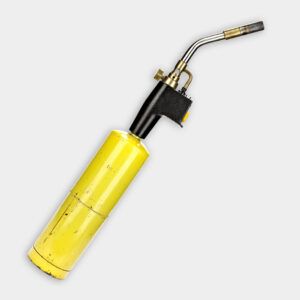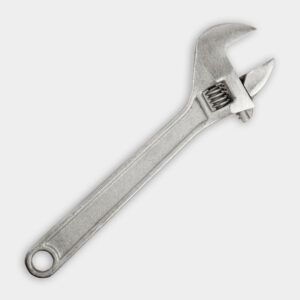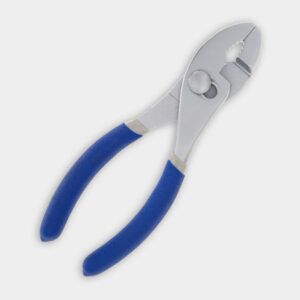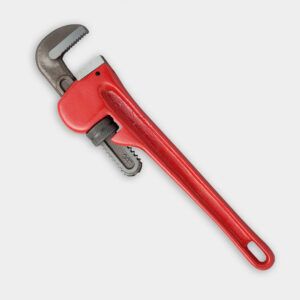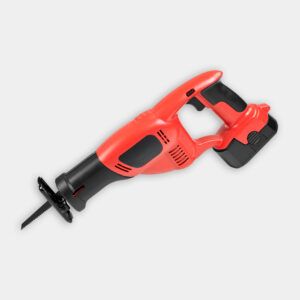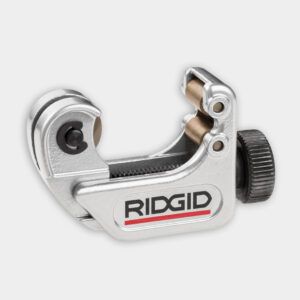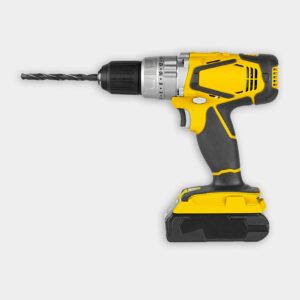We may be compensated if you purchase through links on our website. Our team is committed to delivering honest, objective, and independent reviews on home products and services.
Creating zones in a hot water heating system can help you control the temperature in different parts of your house independently, allowing for more precise heating, improved energy efficiency, and increased home comfort levels. In the video above, This Old House plumbing and heating contractor, Richard Trethewey, demonstrates how to add zones to an existing hot water heating system. The guide below explains why zoning is important and includes a step-by-step guide.
What is Zoning for Hot Water Heating Systems?
Hot water heating systems, also known as hydronic systems or hot water radiators, use a boiler to heat water that circulates through pipes to radiators or baseboard heaters throughout the house. These systems are known for their efficiency and ability to provide consistent heat. However, without zoning, you could be dealing with uneven heating and wasted energy.
In a zoned system, the house is divided into separate heating areas, each controlled by its own thermostat. Zone valves direct hot water to the areas calling for heat. When a zone’s thermostat signals for heat, the corresponding valve opens, allowing hot water to flow through that zone’s radiators or baseboards.
Creating zones for your hot water heating system can improve comfort levels, give you more control over temperatures within a given space of the house, and result in energy savings.
Tools and Materials
To create zones in your hot water heating system, you’ll need:
- Adjustable wrench
- Copper pipe and fittings
- Drill/driver
- Electric control box
- Pipe wrench
- Pliers
- Propane torch
- Reciprocating saw
- Safety gear, including safety glasses and gloves
- Tubing cutter
- Wireless thermostats
- Zone valves
How To Create Zones in a Hot Water Heating System
Adding zones to an existing hot water heating system requires careful planning and execution. Here are the steps you’ll need to follow:
1. Assess the Current System
Before making any changes, you need to evaluate your existing heating system. In the video, Richard Trethewey points out the importance of pipe size, as smaller pipes can restrict flow and lead to inadequate heating. You should take time to review the pipes, radiators, and boiler to understand the current configuration and limitations.
2. Plan the New Zones
When planning your zones, think about the layout of your home and how you use different areas. Common zoning strategies include:
- Separating upstairs and downstairs
- Zoning by room function (e.g., bedrooms, living areas)
- Creating zones for additions or less-used spaces
You’ll also want to consider the best locations for new thermostats for better heating control.
3. Shut Off and Draining the System
Before anything else, you will want to:
- Turn off the cold water supply to the boiler.
- Shut off electricity to the boiler.
- Drain water from the system into a floor drain or by using a hose and pump. The system should be thoroughly drained to avoid water damage when cutting into pipes.
4. Install Zone Valves
Zone valves are the heart of a zoned system. Each zone valve should be installed in an accessible location for maintenance and following the manufacturer’s instructions.
To install them:
- Cut the existing pipes where zone valves will be placed.
- Solder or use compression fittings to attach zone valves.
- Make sure the valves are properly oriented for correct water flow.
4. Add New Thermostats
We recommend wireless thermostats as they offer flexibility in placement and are easy to install. However, they need to be properly placed for accurate temperature readings. When you’re ready to install them:
- Choose central locations away from heat sources and drafts, avoiding windows and direct sunlight.
- Mount thermostats about 60 inches above the floor.
- Follow manufacturer instructions for pairing with receivers.
5. Connect Electrical Components
Next, following the wiring diagram provided with your zone valve kit, you’ll need to:
- Install an electric control box near the boiler.
- Connect zone valves to the control box.
- Wire thermostats to their respective zone controls.
- Make sure all connections are secure and properly insulated.
- Consider labeling wires to better track zones.
6. Refill and Test
Once all components are in place:
- Slowly refill the hot water heating system with water.
- Bleed air from radiators or baseboards to remove trapped air and reduce water flow issues.
- Restore power to the boiler.
- Test each zone individually, checking for adequate heating and potential leaks.
Troubleshooting Common Issues With Hot Water Heaters
Even with careful installation, you may encounter some challenges, such as:
- Uneven heating: Check for air in the system or improperly sized pipes. Adjusting the flow or bleeding the radiators again might help as well.
- Zone valve failure: Sometimes, zone valves might stick, requiring a gentle tap. Also, listen to the valve motor and replace it if there are any issues.
- Thermostat problems: Make sure the thermostats are properly placed and check the batteries in wireless models. Recalibration or resetting the thermostat can also resolve issues.
Maintenance Tips for Hot Water Heating Zoned Systems
To keep your zoned heating system running efficiently and extend its life:
- Regularly inspect zone valves for leaks or malfunctions.
- Clean or replace air filters as recommended by the manufacturer to maintain air quality and system performance.
- Have the system professionally serviced annually to identify and fix potential problems early.
Our Conclusion
Creating zones in a hot water heating system can enhance comfort for all those in the home while also helping to reduce energy costs. Although zoning is not particularly complex, the process requires careful planning and execution. If you’re unsure about any aspect of the installation process, consult with a professional before getting started.
